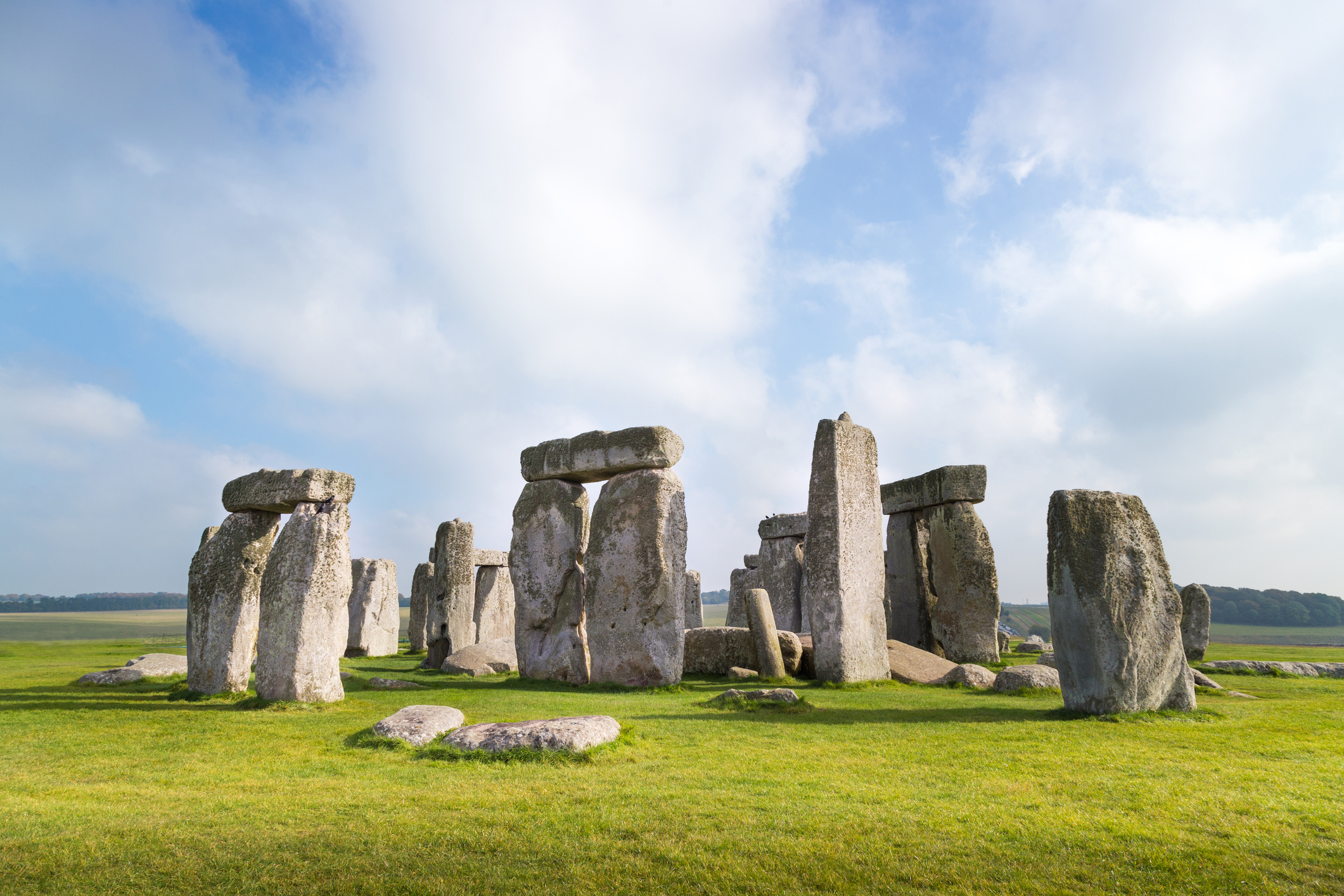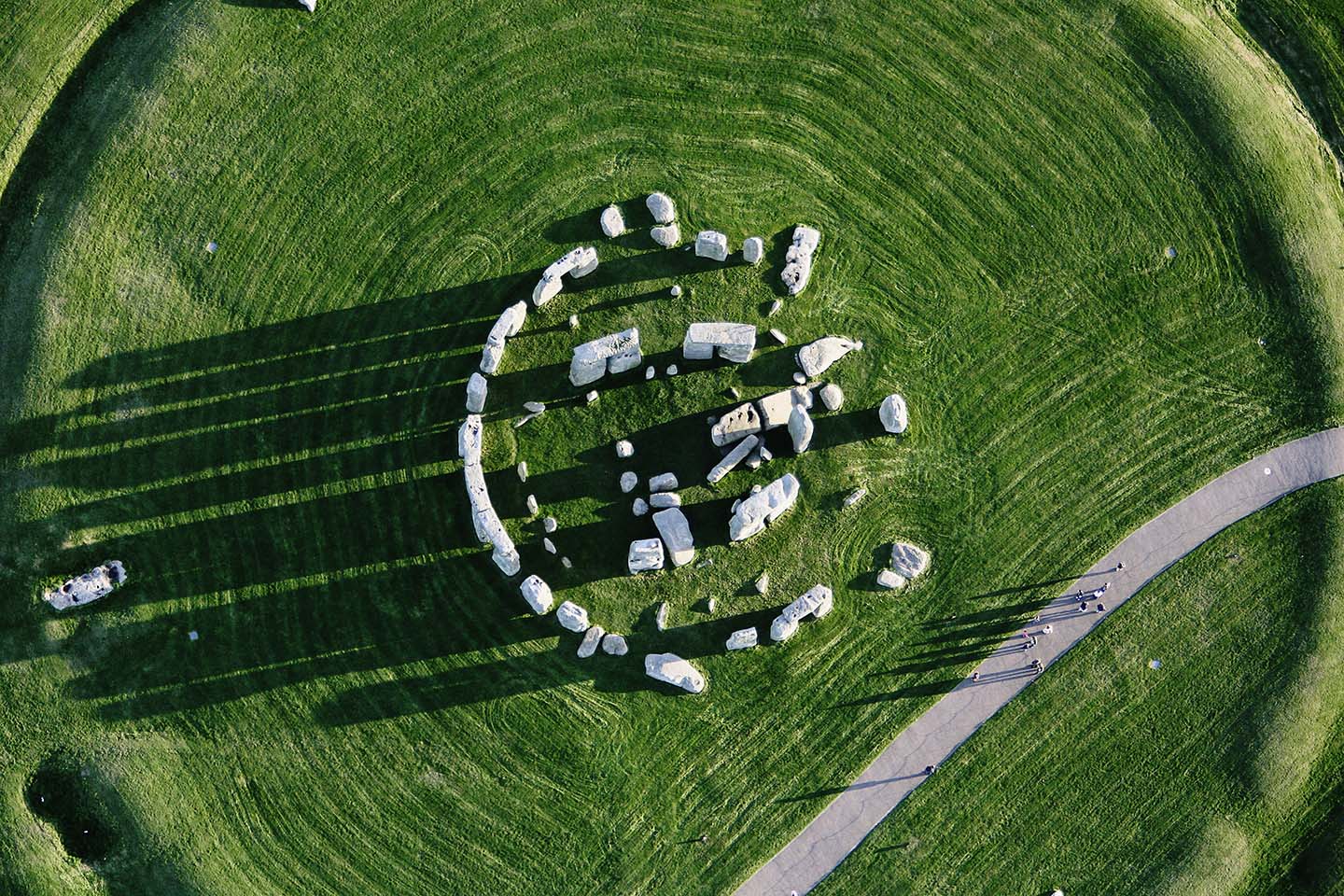Almost 900 years ago, Geoffrey of Monmouth posited a Welsh origin for Stonehenge — specifically, that it was originally built as a monument, using stones originating in a region in Wales which was then considered part of Ireland. Scientists have been studying the ancient stone circle for years, and recently uncovered some fascinating facts about its history.
Now, scientists have made a new discovery which suggests that Geoffrey was on to something.
A new article by Dalya Alberge at The Guardian details the discovery of a stone circle near Carn Goedog and Craig Rhos-y-felin. Mike Parker Pearson, who is also the lead author of a peer-reviewed paper on the subject, led the search for the stone circle in Waun Mawn.
What connects the Waun Mawn circle with Stonehenge? Both are 110 meters in diameter, and both align with the rising sun on the summer solstice. The imprint of holes in the Waun Mawn site also matches several of the stones at Stonehenge, including one which precisely matches a complex piece of one of the stones there.
This evidence could help prove a long-standing theory about Stonehenge: that it first existed in another location long before it was set up in its current home. “We may well have just found what Geoffrey called the Giants’ Dance,” said Parker Pearson.
Stonehenge’s mysteries have long captivated historians, archaeologists and fictional heavy metal bands. This latest discovery at Waun Mawr brings more of that history into focus.
Thanks for reading InsideHook. Sign up for our daily newsletter and be in the know.

















